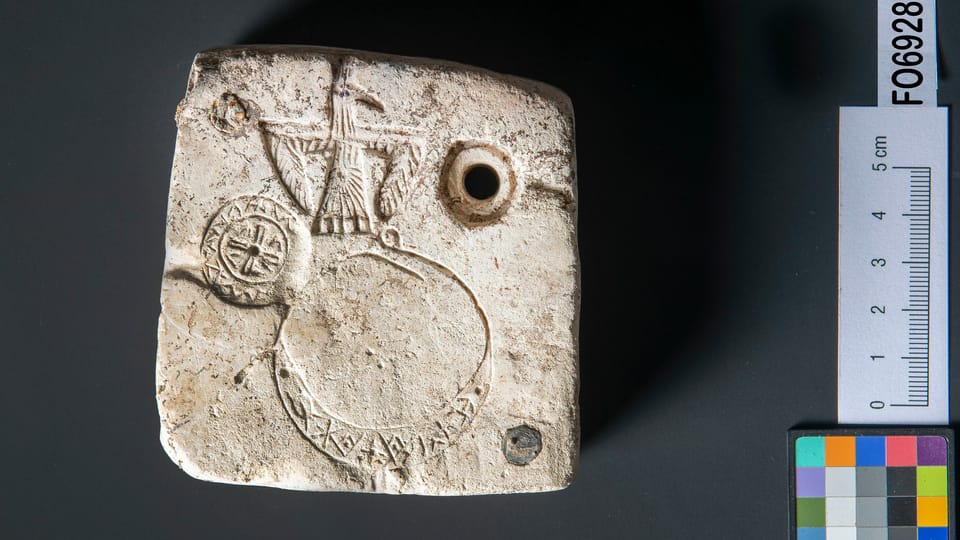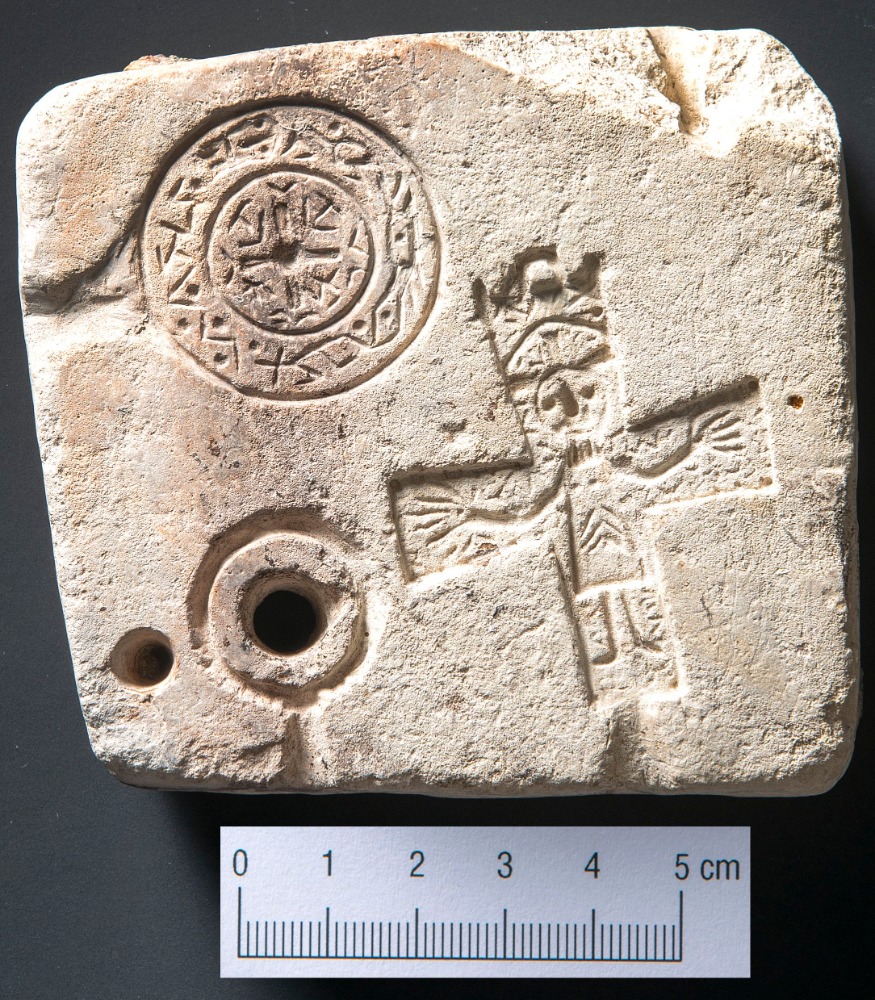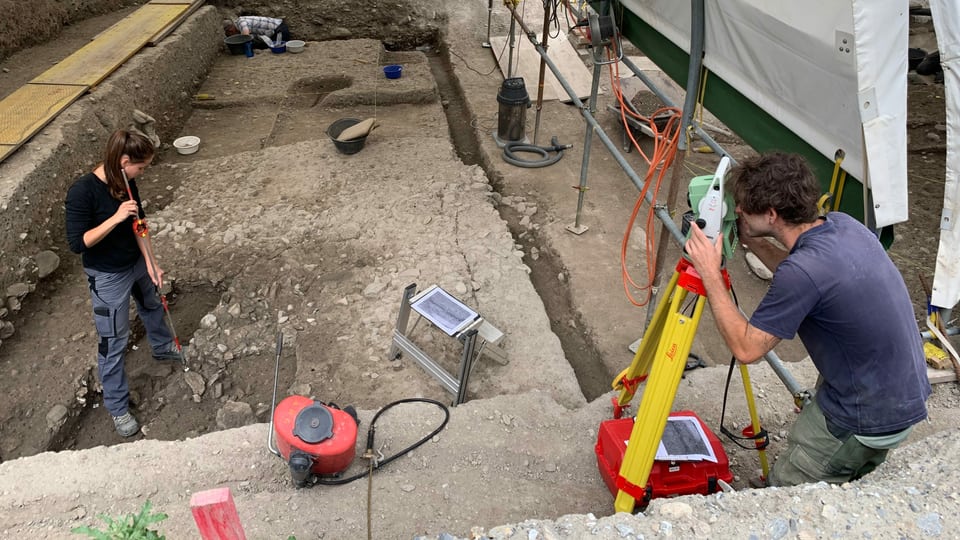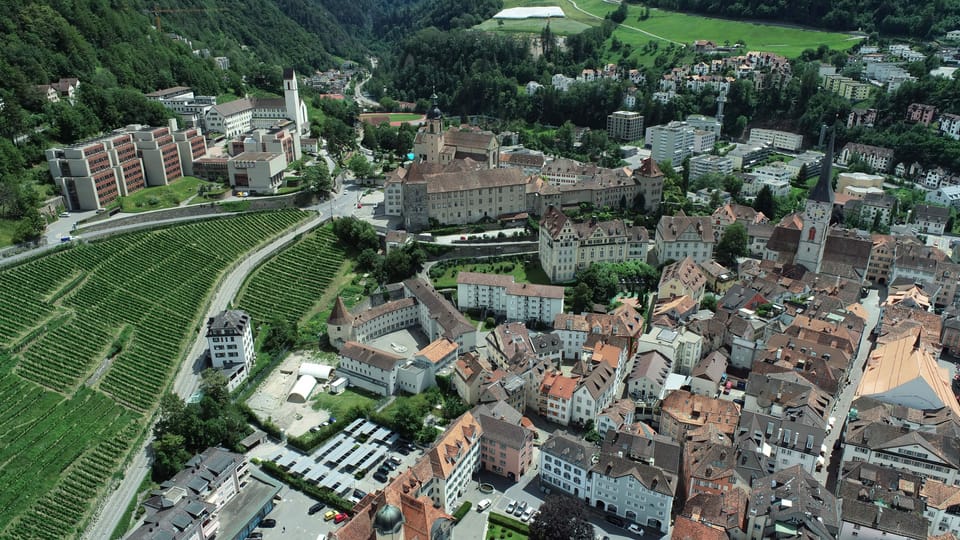Paráda! Raný středověk je boží! Ale jak píše vážený metalurg kolega Cement, těžko si představit, jak to fungovalo. Chápu to správně, že tato nalezená forma byla uprostřed tří k sobě zafixovaných forem? Tudíž finální výrobky z této formy byly oboustraně zdobené a na jeden zátah se odlilo 5 šperků a dva kroužky? Nebo se na formu na plocho vylil bronz a zdobení bylo jen z jedné strany? V takovém případě by ale byly nálitky vlastně kontraproduktivní. 
Archaeologists find unique medieval mould for making jewellery and medallions
Categories: Finds and rescue research abroad , Nálezy nejenom s detektorem v západní Evropě
A rescue archaeological excavation in Chur, Switzerland, in the canton of Graubünden has yielded the discovery of a rare stone jewellery mould and other evidence of the busy medieval craftsmanship there. The mould was used for the production of jewellery and religious objects; it is an extremely rare find, the first of its kind in the canton. In the whole of Switzerland, only a few similar moulds have been discovered in Bern, Basel and Winterthur.
The Graubünden Archaeological Service (ADG) has been working at the Sennhof site since March this year. The reason for this is the planned redevelopment of the former prison. The current archaeological work is necessary to investigate and document the structures and finds preserved in the soil before the actual construction. Two previous excavations were carried out here in 1984 and 1990, when the remains of settlements and tombs were discovered, confirming that the area was permanently occupied from the Late Bronze Age until the present day. This year's excavations revealed the medieval part of the town.
The form dates from between the 9th and 11th centuries. The almost square base measures 9 cm x 8.3 cm x 3 cm. On one side are two dies with Christian iconography - a crucifix and a circle with a cross in the middle. They were intended for making pendants and medallions. Furthermore, the matrix with a circle was probably used for making earrings. The other side has a template for another circle with a cross in the middle, also a matrix with an eagle and a ring brooch.
Archaeologists are now investigating the south-eastern part of the built-up area, in which structures in the form of waste pits or tombs have been uncovered, as well as very well-preserved stone paving. In addition to this, there are also large quantities of animal bones (mostly horse), waste and semi-finished objects, mostly carvings. There are also various metal finds, spindles, glass slag and other miscellaneous fragments. The combination of simple wooden structures and finds in specific material suggests that the area served as a centre for a variety of craft activities during the early and late medieval periods.
As one of the oldest settlements in Switzerland, Chur prospered in the second half of the 10th century thanks to its favourable location at the crossroads of several Alpine trade routes and the Rhine. Local jewellery makers and representatives of many other crafts had access to the well-attended markets.
The jewellery form is now undergoing a thorough analysis for a forthcoming scientific publication. The objects from the salvage research are likely to be on display at the exhibition "Trade and Craft between Lake Constance and the Alpine Rhine" at the Chur Museum in 2023.
Roman Nemec




Sources: de24.news, srf.ch, thehistoryblog.com
The article is included in categories:
- Archive of articles > Archaeology > Finds and rescue research abroad
- Archive of articles > Archaeology > Finds and rescue research abroad > Nálezy nejenom s detektorem v západní Evropě
Post
Paráda 
Taky by mě zajímalo, jak to bylo vymyšlený s těma formám...
Pane Cemente, to je paráda! Bez urážky k ostatním borcům kovodělcům jsi v této disciplíně nejpovolanější. Jestli budeš vybírat konkrétní šperk, tak se přimlouvám za ten křížek. Ten je vážně nádhernej. Budu se těšit na výsledek, ať se dílo daří! 






